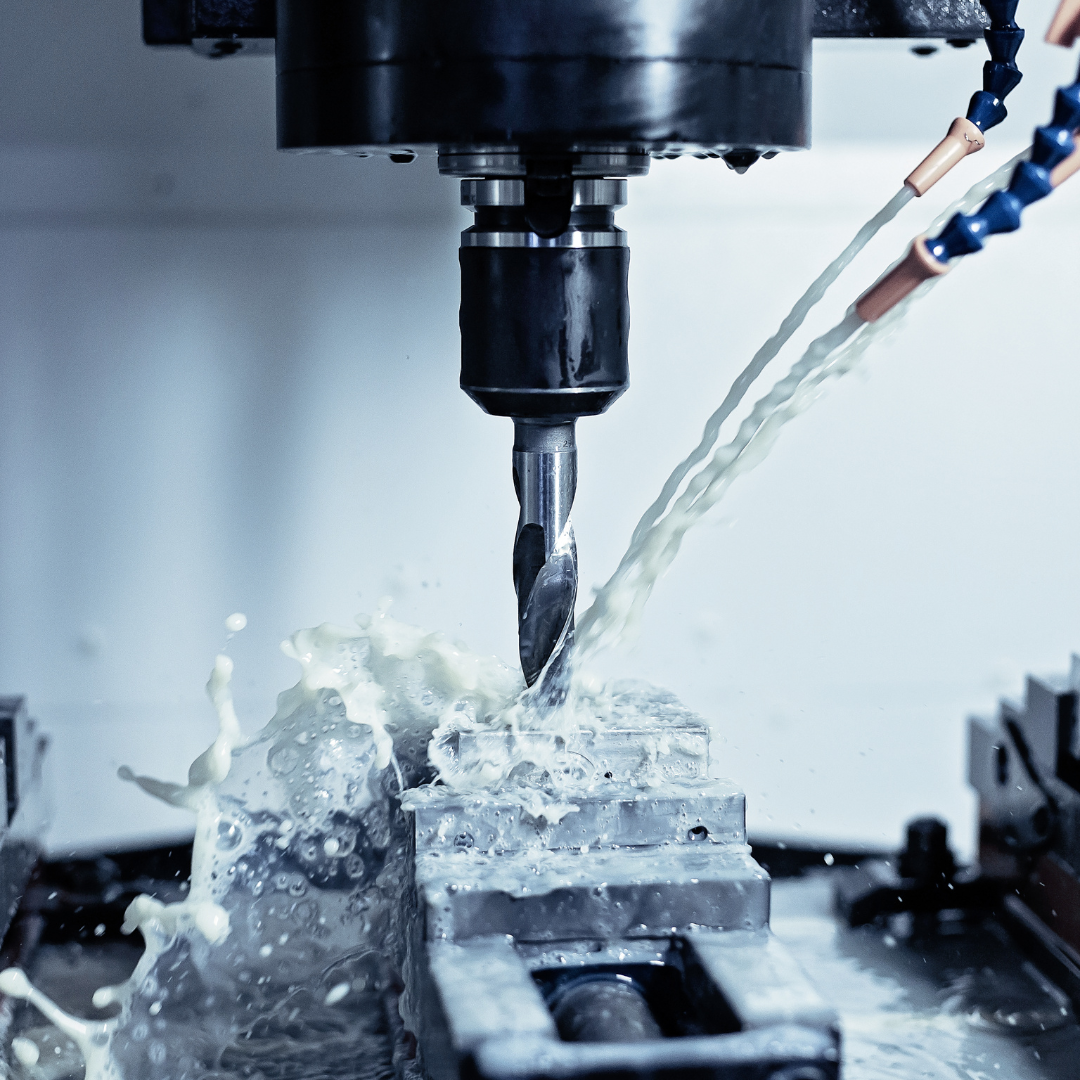The Dangers Of Metalworking Fluids Explained
Metalworking fluids are essential in many industrial processes, such as cutting, grinding, and shaping metals. While these fluids serve a purpose and offer many benefits, they can also pose a severe health risk to workers if not handled or used correctly.
This blog post will discuss the dangers of metalworking fluids and explain what you can do to protect yourself.
What are metalworking fluids?
Metalworking fluids are specialised liquids or compounds used in industrial machining and metalworking processes, usually cutting, grinding, and shaping metals. The primary functions of metalworking fluids are:
- Lubrication: Metalworking fluids reduce friction between the cutting tool and the workpiece, minimising wear and extending the tool’s life.
- Chip and swarf removal: Metalworking fluids facilitate the removal of metal chips or swarf from the machining area by flushing away the chips.
- Corrosion protection: Metalworking fluids contain additives that provide corrosion protection and prevent rust by forming a protective film on the machined surface.
- Smoother cutting: Metalworking fluids help prevent metal chips or swarf adhesion to the cutting tool, allowing for smoother cutting and improved surface finish.
- Heat reduction: Metalworking fluids absorb and dissipate heat generated during machining, preventing thermal damage.
Typically, metalworking fluids are classified into four types based on their composition, including:
- Straight oils
- Soluble oils
- Semi-synthetic fluids
- Synthetic fluids
Who is most at risk?
Metalworkers and machinists who regularly carry out cutting, drilling, milling, and grinding metal are most at risk of inhaling or coming into contact with metalworking fluids.
What are the risks?
The most common risks associated with metalworking fluids are:
- Skin irritation: Exposure to metalworking fluids can cause dermatitis, rashes and blisters.
- Respiratory problems: Metalworking fluids can produce vapours which, if inhaled, can cause respiratory problems such as asthma, bronchitis, or pneumonia.
- Cancer: Some metalworking fluids contain carcinogens which are known to cause certain cancers.
How to protect yourself when working with metalworking fluids
To protect yourself from the potential hazards of metalworking fluids during use, always:
- Use protective equipment: Wear appropriate PPE, such as masks, overalls, gloves, goggles, and respirators, when handling metalworking fluids to prevent eye and skin contact and inhalation.
- Maintain and clean equipment: Regularly clean equipment that encounters metalworking to prevent build-up, accidental skin contact and inhalation.
- Limit exposure: Limit your exposure to metalworking fluids by using an LEV system that removes metalworking vapours at the source.
Following these essential safety steps can minimise the risks associated with working with metalworking fluids.
Speak to our team about an LEV system
If you work with metalworking fluids and are concerned about the risks, speak to our team of qualified engineers about a bespoke LEV system today.

